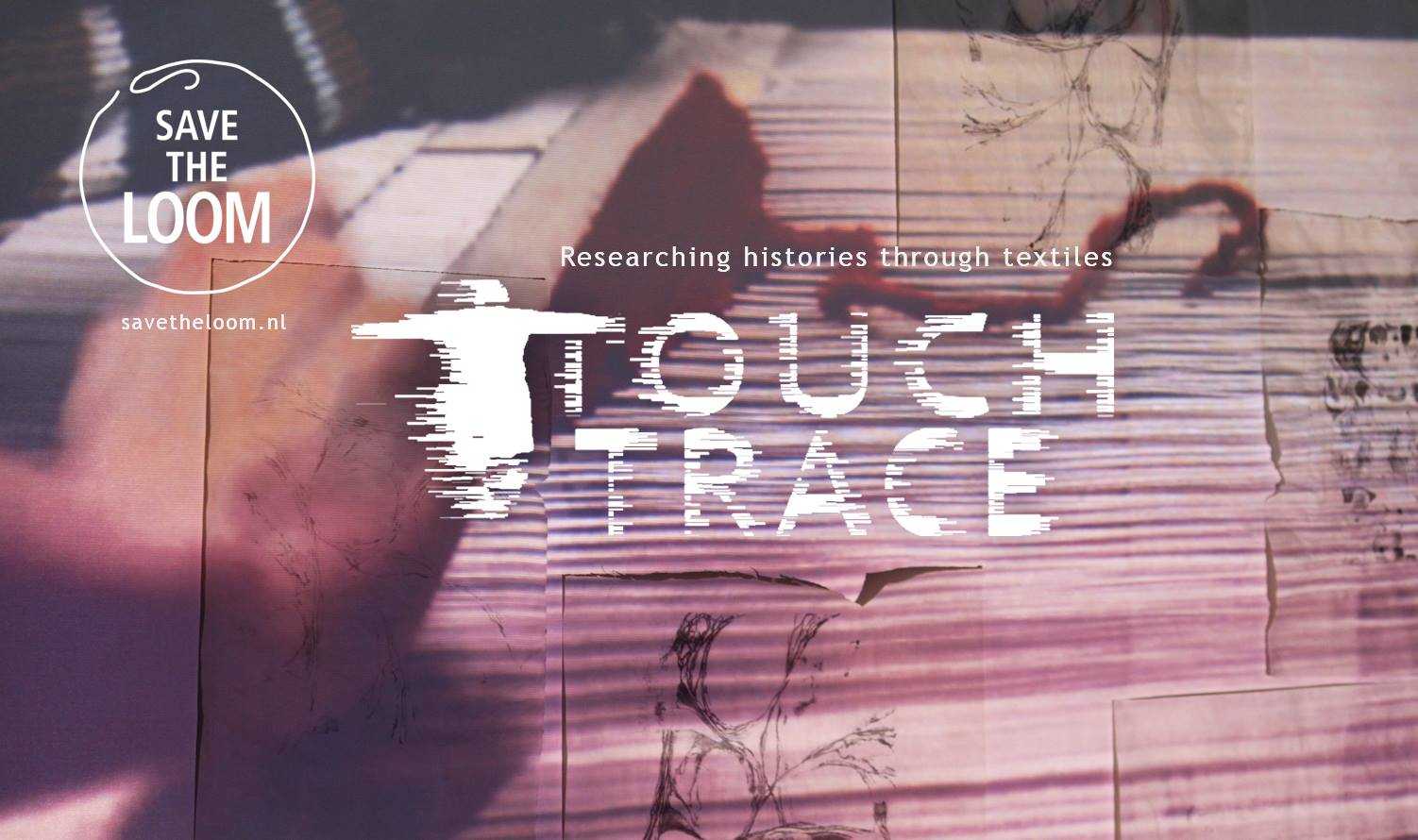|
Tracing migration through textiles
In our next public meeting we will pick up one of the threads we introduced in our first session through the story of the Kum Kapi tapestries. These handwoven textiles, made at the beginning of the 20th century in Istanbul, bear testimony to the atrocious events that shaped the lives of many Armenians; their diaspora resulted in the cross-pollination of Armenian weaving techniques, traditional Persian motifs and colour schemes, and the unique Kum Kapi tapestries.
There are many similar stories to be told about the ways in which the movement and displacement of people, either forced or voluntary, evokes new encounters, identities, forms and ideas. The history of textile crafts offers many examples of the migration of materials, weaving techniques or different patterns, either through the movement of people, or through trade.
Artists Elisa van Joolen and Vincent Vulsma will talk about their collaborative work Technik (2012), in which they follow the migration (and mutation) of the so-called Navajo pattern from its origin to its use in rugs produced by IKEA. In a conversation with art critic and curator Nat Muller, Libanese/Dutch artist Mounira Al Sohl will talk about her recent installation Sperveri that she made for documenta 14 (2017), and in which she captured stories of refugee women through historical symbols and motifs which she amongst others found in Persian tapestries and embroideries. Dutch cultural theorist Mieke Bal will reflect on her notion of migratory aestheticsand how it is an intrinsic part of our contemporary everyday. In addition, different art works and documentation will be on display, mediating stories of movement and migration in their own way.
The research seminar is hosted Framer Framed, a platform for contemporary art, visual culture and critical theory located at the Tolhuistuin in Amsterdam North. Framer Framed’s programme is dedicated to topics such as identity politics and notions of ‘The Other’, as well as historiographical propositions.
|


